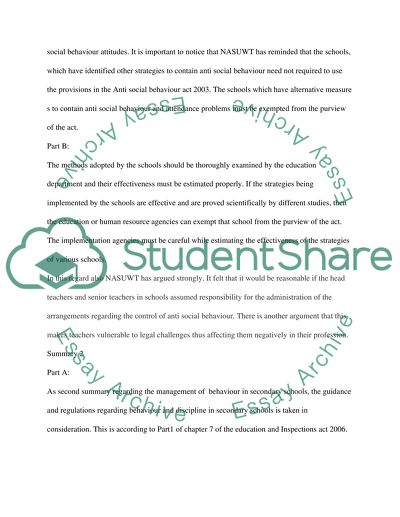Cite this document
(“Management of behaviour in secondary school Essay”, n.d.)
Management of behaviour in secondary school Essay. Retrieved from https://studentshare.org/miscellaneous/1538685-management-of-behaviour-in-secondary-school
Management of behaviour in secondary school Essay. Retrieved from https://studentshare.org/miscellaneous/1538685-management-of-behaviour-in-secondary-school
(Management of Behaviour in Secondary School Essay)
Management of Behaviour in Secondary School Essay. https://studentshare.org/miscellaneous/1538685-management-of-behaviour-in-secondary-school.
Management of Behaviour in Secondary School Essay. https://studentshare.org/miscellaneous/1538685-management-of-behaviour-in-secondary-school.
“Management of Behaviour in Secondary School Essay”, n.d. https://studentshare.org/miscellaneous/1538685-management-of-behaviour-in-secondary-school.


